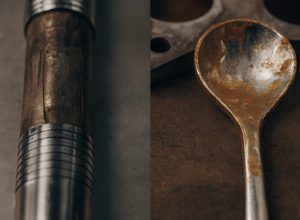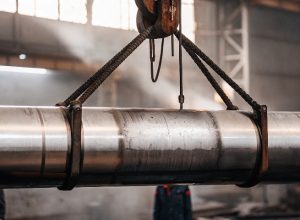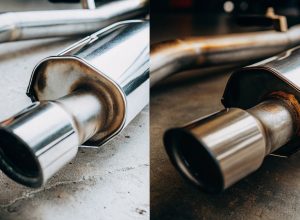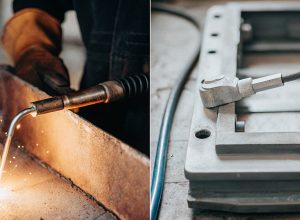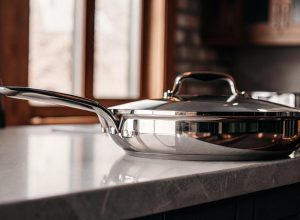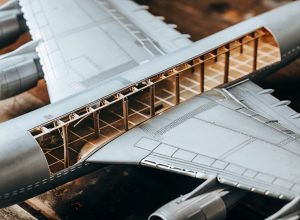Construir submarinos para la presión de las profundidades es un reto enorme. El material equivocado puede fallar. A submarino de titanio1 ofrece una fuerza y una resistencia únicas, lo que constituye una solución increíble para las embarcaciones submarinas.
Un submarino de titanio es increíblemente resistente. Su alto relación resistencia-peso2 le permite sumergirse a mayor profundidad y soportar la inmensa presión oceánica mejor que el acero. Esto lo convierte en un material de primera para submarinos militares y de exploración avanzados, garantizando un rendimiento y una seguridad superiores.
La gente suele oír que el titanio es resistente, pero no siempre entiende lo que eso significa para una estructura masiva y compleja como un submarino. No se trata sólo de la fuerza bruta del material. Se trata de cómo esa resistencia se traduce en ventajas en el mundo real, desde la profundidad de inmersión hasta la vida útil operativa. Para entenderlo realmente, tenemos que analizar qué hace que el titanio sea la mejor opción para un trabajo tan exigente. Exploremos las preguntas clave que siempre se hacen los ingenieros y los jefes de producto como Lisa.
¿Es bueno el titanio para los submarinos?
Elegir el material adecuado para un submarino es fundamental. Una mala elección implica un rendimiento deficiente y elevados riesgos para la seguridad. Las propiedades únicas del titanio lo convierten en un material excepcionalmente bueno y fiable.
Sí, el titanio es excelente para los submarinos. Su relación resistencia-peso superior permite inmersiones más profundas y una mayor capacidad de carga útil. Su inigualable resistencia a la corrosión en agua salada también prolonga la vida útil del submarino y reduce los costes de mantenimiento, lo que lo convierte en un material altamente estratégico.
Cuando hablo con jefes de producto como Lisa, tiene que justificar ante su equipo el mayor coste inicial del titanio. Le explico que es una inversión en rendimiento y longevidad. Las dos mayores ventajas son su relación fuerza-peso y su resistencia a la corrosión. Un casco de titanio puede ser tan resistente como uno de acero, pero pesar mucho menos. Esto significa que el submarino puede sumergirse a mayor profundidad, moverse más rápido o transportar más equipo. En mi planta de Baoji producimos aleaciones de titanio específicas para estos duros entornos marinos. El material es prácticamente inmune a la corrosión del agua salada, que es un problema constante para los cascos de acero. Esto reduce drásticamente el mantenimiento a lo largo de la vida del submarino. No sólo es "bueno", sino que cambia las reglas del juego para los submarinos. ingeniería naval3.
| Característica | Aleación de titanio (por ejemplo, grado 5) | Acero de alta resistencia (por ejemplo, HY-80) |
|---|---|---|
| Densidad | Bajo (~4,43 g/cm³) | Alta (~7,87 g/cm³) |
| Resistencia a la corrosión | Excelente | Pobre (Requiere protección constante) |
| Firma magnética | Bajo (no magnético) | Alto (magnético) |
| Beneficio operativo | Inmersiones más profundas, mayor velocidad, sigilo | Profundidad limitada, requiere más mantenimiento |
¿Cuál es el material más resistente para un submarino?
Cuando se construye para las mayores profundidades, se necesita el mejor material. El punto de fallo de un material puede significar un desastre total. Aunque existen otras opciones, las aleaciones de titanio son la opción práctica más sólida.
Para los submarinos de alto rendimiento y gran profundidad, las aleaciones de titanio se consideran el material más fuerte y eficaz. Su excelente relación resistencia-peso les permite soportar enormes presiones sin el volumen y el peso excesivos de los aceros de alta resistencia, lo que las convierte en la mejor opción para las embarcaciones navales avanzadas.
"Más fuerte" puede significar varias cosas. Cuando ingenieros navales como los de General Dynamics Electric Boat eligen un material, no sólo se fijan en la resistencia a la tracción. Se centran en la "resistencia específica", que es la relación resistencia-peso. Aquí es donde el titanio gana decisivamente. Los aceros de alta resistencia, como el HY-80 o el HY-100, son muy fuertes, pero también muy pesados. Para resistir la presión de las profundidades, un casco de acero debe ser increíblemente grueso y voluminoso. Esto añade una enorme cantidad de peso. En cambio, las aleaciones de titanio ofrecen una resistencia similar, o incluso mayor, con un peso mucho menor. Esto permite a los diseñadores construir un casco que puede ir más profundo sin ser demasiado pesado. En mi trabajo, ayudo a los clientes a entender este equilibrio. Desarrollamos placas de titanio que cumplen especificaciones precisas de resistencia y tenacidad, garantizando que el material no sólo sea fuerte, sino también resistente a una fractura catastrófica bajo presión.
| Material | Límite elástico (MPa) | Densidad (g/cm³) | Fuerza específica (fuerza/densidad) |
|---|---|---|---|
| Aleación de titanio (grado 5) | ~830 | 4.43 | ~187 |
| Acero de alta resistencia (HY-100) | ~690 | 7.87 | ~88 |
| Aleación de aluminio (7075-T6) | ~500 | 2.81 | ~178 |
¿Cuánta fuerza puede soportar el titanio?
Términos generales como "fuerte" no son suficientes para los ingenieros. Necesitan cifras exactas para tomar decisiones. No entender los límites de un material puede llevar a errores muy costosos o peligrosos.
Una aleación aeroespacial y naval común como el titanio de grado 5 puede soportar una fuerza enorme. Tiene una resistencia a la tracción típica de unos 950 MPa (megapascales). Esto significa que puede soportar fácilmente la presión de aplastamiento que se encuentra a profundidades oceánicas extremas, lo que lo hace excepcionalmente fiable.
Cuando un cliente me hace esta pregunta, se lo explico en términos prácticos. 950 MPa es una cifra enorme. La presión del agua a la profundidad del naufragio del Titanic, a unos 3.800 metros, es de unos 38 MPa. Esto demuestra que un casco de titanio de grado 5 tiene un enorme margen de seguridad. Está diseñado para resistir fuerzas muchas veces superiores a las que encontraría normalmente. En nuestras instalaciones, una gran parte de mi trabajo es el control de calidad. Realizamos pruebas rigurosas en cada lote de titanio que producimos. Verificamos la resistencia a la tracción, el límite elástico y la resistencia a la fractura para asegurarnos de que cumple normas internacionales como ASTM y ASME. Por eso, cuando proporciono una certificación para nuestro titanio, Lisa y su equipo de ingenieros pueden estar completamente seguros de que el material funcionará exactamente según lo especificado, protegiendo el buque y su tripulación en las condiciones más extremas imaginables. No es sólo un número en una hoja; es una garantía de seguridad y rendimiento.
¿Se puede hacer un submarino de titanio?
Saber que un material es resistente es una cosa. Construir un submarino con él es otro reto. Los problemas de fabricación pueden hacer que un material excelente no sea práctico en el mundo real.
Sí, se puede construir un submarino totalmente de titanio. Rusia fue pionera en este sentido con submarinos como los de las clases Alfa y Sierra. Aunque su fabricación es más compleja y cara que la del acero, se ha demostrado que las mejoras en velocidad, profundidad y sigilo son significativas.
No es sólo un concepto teórico; se ha hecho con éxito. La marina rusa demostró su viabilidad hace décadas. Por supuesto, hay retos. El titanio es más difícil de soldar que el acero y requiere equipos especializados y entornos de gas inerte para evitar la contaminación. Además, la materia prima es más cara. Es un tema que trato a menudo con empresas que estudian el titanio para grandes proyectos. Sin embargo, la industria ha avanzado mucho. En Shaanxi Titonest Metal hemos perfeccionado nuestros procesos de producción y forja para suministrar placas y anillos de titanio de alta calidad a gran escala, más consistentes y fáciles de trabajar. También ofrecemos asistencia técnica sobre las mejores técnicas de soldadura y fabricación. El resultado es que las ventajas -un submarino más rápido, silencioso, capaz de sumergirse a mayor profundidad y que nunca se oxidará- son ahora más accesibles que nunca. La inversión inicial es mayor, pero el producto final es una embarcación con unas prestaciones que el acero sencillamente no puede igualar.
Conclusión
La asombrosa fuerza, ligereza y resistencia a la corrosión del titanio lo convierten en el material definitivo. Se utiliza para construir potentes submarinos de inmersión profunda que superan los límites de la exploración y la defensa.
-
Descubra cómo los submarinos de titanio superan a los materiales tradicionales en resistencia y durabilidad. ↩
-
Comprender esta relación puede revelar por qué se prefiere el titanio para los buques de gran calado. ↩
-
Manténgase al día de los últimos avances en ingeniería naval y ciencia de los materiales. ↩

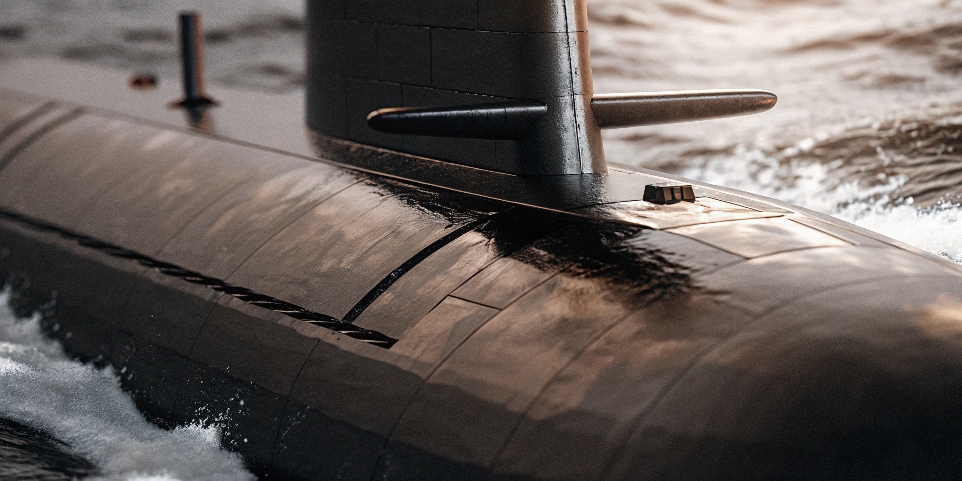
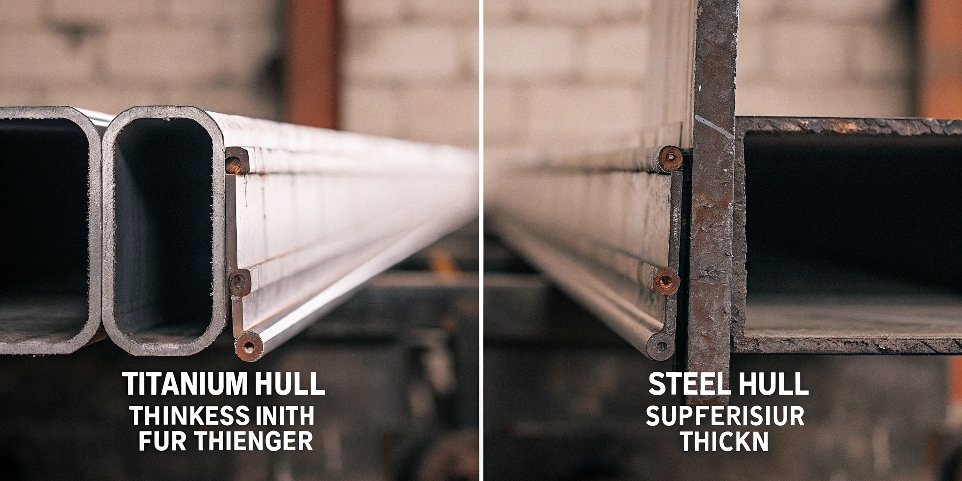
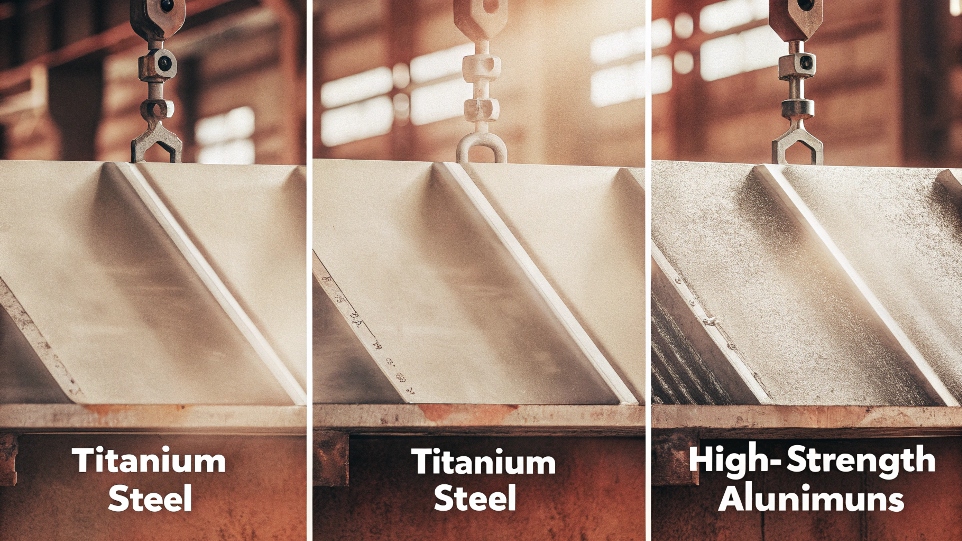
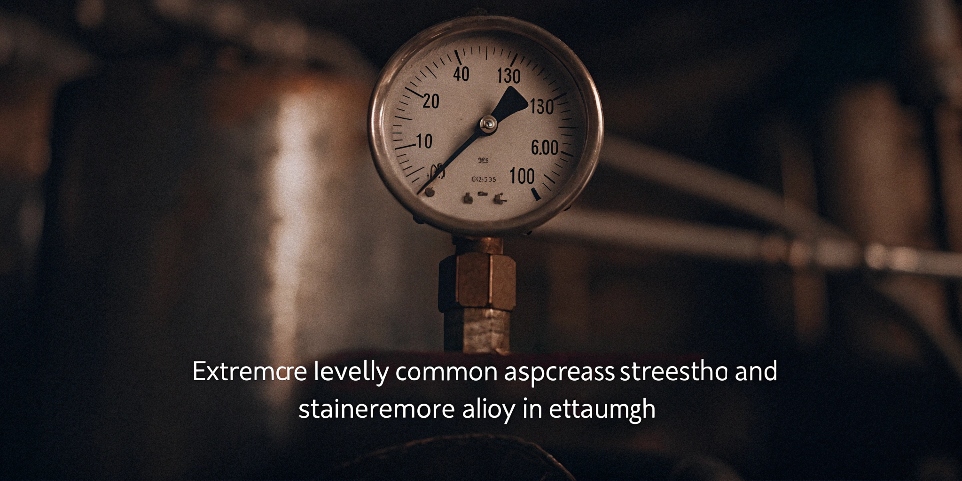
[^4], conocido por su casco integral de titanio.](https://titonestmetal.com/wp-content/uploads/2025/07/yes-you-can-absolutely-build-a-submarine-entire.jpg)

